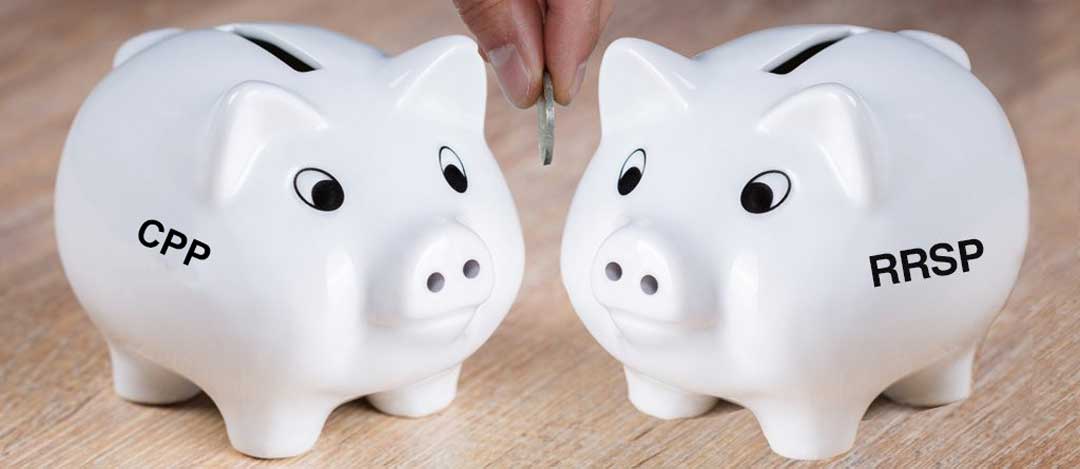
The Canada Revenue Agency (CRA) has made annual announcements about the nation’s retirement programs. Namely, the Canada Pension Plan (CPP) and the Registered Retirement Savings Plan (RRSP) are being updated as we enter the new year.
Here are the changes you need to know and how to use them to your advantage. CRA raises CPP ceiling
In 2021, the maximum pensionable earnings under the CPP will be $61,600. That’s a whopping 4.9% higher than the $58,700 ceiling in 2020. CRA has also raised the rate of employee and employer contributions to 5.45% from 5.25% last year and the self-employed rate to 10.9% from 10.5% last year.
This means Canadians will be paying more towards their CPP in 2021. Of course, this has nothing to do with the ongoing economic issues. Instead, the rates are decided based on a CRA-mandated formula that accounts for wage and salary growth over the past year.
CRA updates RRSP limit
Similarly, the CRA has also raised the cap on the dollar amount Canadians can contribute to their RRSP in 2021. The dollar limit is set at $27,830 for 2021 — up from $27,230 in 2020. Although that extra $500 doesn’t seem like much today, it could add a significant boost to your portfolio, if invested in the right stock.
Bottom line
The CRA has updated rules about the CPP ceiling and RRSP contribution limit for 2021. Both programs are a critical part of the financial future for every Canadian. Investors should use these generous tax incentives to boost their portfolio with all-weather stock or financial products to help you maximize your investments. Contact us for more information.
Newsletters
Newsletter – February 2020
NewslettersEvents & SponsorshipArticles & Publications
Newsletter – August 2019
NewslettersEvents & SponsorshipArticles & Publications
Newsletter – May 2019
NewslettersEvents & SponsorshipArticles & Publications
Newsletter – April 2019
NewslettersEvents & SponsorshipArticles & Publications
E-Newsletter – February 2019
Events & Sponsorship
No Results Found
The page you requested could not be found. Try refining your search, or use the navigation above to locate the post.
Articles & Publications
Do corporate loans count as taxable income?
Do corporate loans count as taxable income? When shareholders or employees borrow money from a corporation, that money is generally considered taxable income. But this rule, like many CRA rules, has exceptions. Many shareholders and employees borrow funds from their...
Beware of using your corporation’s income to pay personal expenses.
Beware of using your corporation's income to pay personal expenses. Suppose you own an incorporated business or professional corporation. In that case, it can be pretty tempting to pay for various personal expenses out of your corporation's income, but doing so is...
How the principal residence rule works
Principal Residence Rules Since 1982, each family unit (including you, your spouse or common-law partner, and any unmarried kids under the age of 18) has been able to designate one property as its principal residence for each calendar year. To simplify the...
Introducing the new Confirm my Representative service
The new Confirm my Representative service. On October 18, 2021, the Canada Revenue Agency (CRA) is introducing a new, two-step verification process to make authorizing a representative using Represent a Client more efficient and secure. The new process makes it easier...
The future of the COVID aid program
The future of the COVID aid program The CRB is one of three programs (alongside the Canada Recovery Caregiving Benefit and the Canada Recovery Sickness Benefit) that replaced the initial $2,000-per-month Canada Emergency Response Benefit (CERB) in September 2020. The...